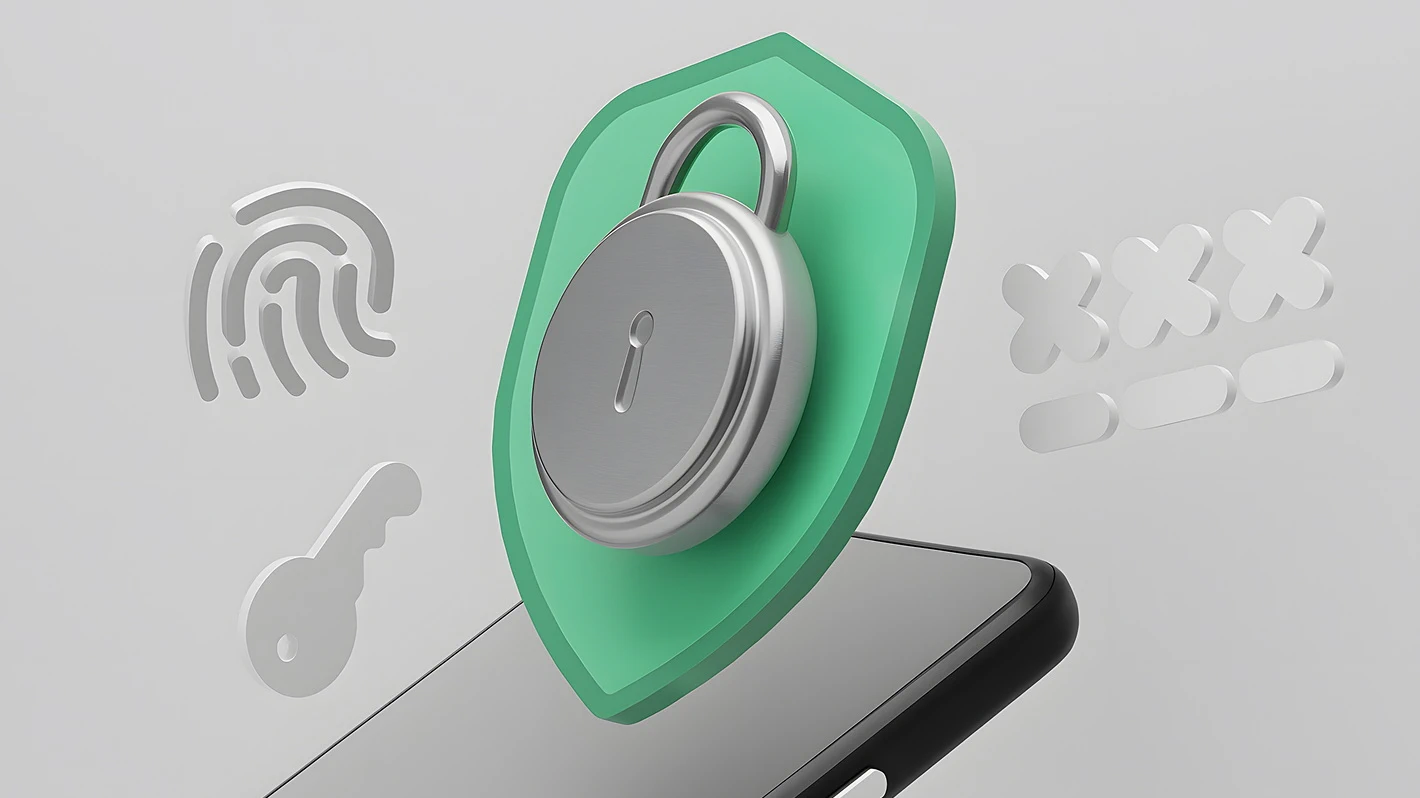Service providers require service level agreements (SLAs) to run the expectations of their clients and determine the impact of an issue on their business processes and conditions based on which they are not responsible for interruptions or problems with performance. Besides, clients can take advantage of SLAs as these clarify the performance traits of the service and define the means for settling service issues.
As a rule, the SLA is one of the main contracts that service providers make with clients. In addition, most service providers enter into master service agreements to set the terms for dealing with clients.
What Are the Main Types of SLAs?
Presently, companies leverage the following SLAs and use each of them for different purposes:
- Client-centered SLA. Such a kind of contract is intended for individual clients and involves all necessary services while using a single agreement. It includes detailed information concerning the type and characteristics of service that have been coordinated in advance.
- Service-centered SLA. Such an agreement comprises a single similar in every detail type of service for all its clients. As the service is narrowed down to a single standard, it becomes more manageable and available for the providers.
- Multi-level SLA. Such a contract is tailored depending on the requirements of the customer’s enterprise. It enables the customer to combine some conditions into one system to develop a rather satisfactory service. It deals with such levels of service agreement:
- Corporate SLAs do not need regular updates because their issues are usually the same.
- The client service agreement level addresses all service problems that refer to a particular group of clients. Yet, they never consider the kind of user service.
- Service SLAs comprise all aspects related to a specific service in terms of a group of clients.
What Are the Examples of a Service Level Agreement in Customer Service?
Service-related objectives that a service provider sets for activities with a measurable outcome are client support SLAs. Most SLAs are based on how fast the raised issue will be answered or settled. Sometimes, service providers leverage SLAs to arrange their service tickets and know their clients better.
A classic example of a service level agreement that service providers begin with is contingent on ticket severity with various replies and solution periods. Needless to mention that most businesses opt for private and public contracts that offer clients one thing while SLA says another. For instance, an enterprise might ask clients to wait for a reply within 2 hours, while their request takes a 1-hour response. It makes sense to such an enterprise that clients will get a relatively immediate response, and it will not fail to deliver on time.
How Does Helpware Define the Priorities?
Indeed, SLAs are our commitment to address your problems and inquiries over a given period. Our timer works based on how your concern or query is critical. As you raise an issue, we estimate it based on the details you have provided. Afterward, we inform you of the priority we have set, but are ready to consider all your circumstances, once you are sure we misunderstood you. Our priorities depend on the following two aspects – seriousness and impact. The former describes how many individuals were touched by your issue, and the latter is how crushing your problem is.













